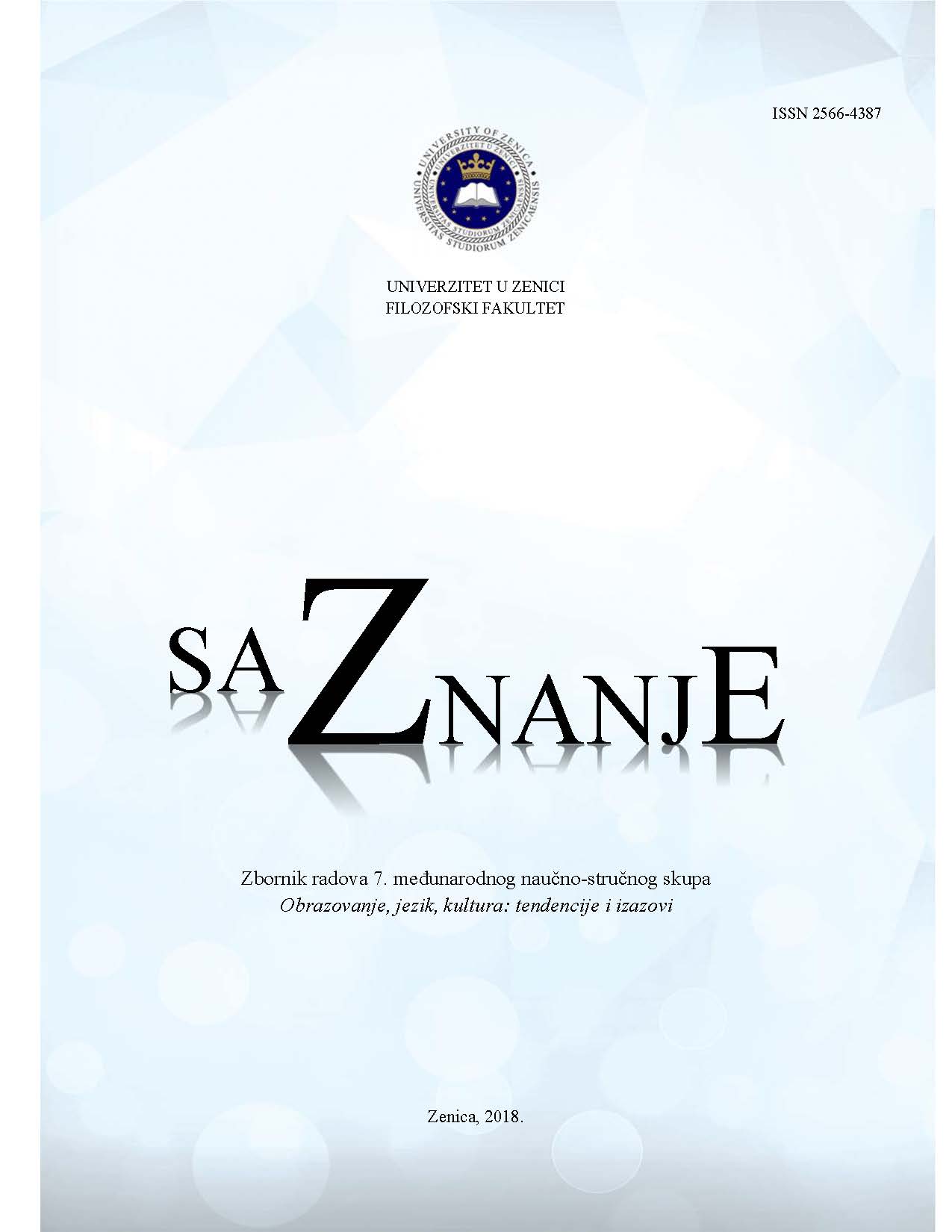ROMANDA İÇ KONUŞMA VE BİLİNÇ AKIŞI TEKNİKLERİNİN KULLANILIŞI
USE OF NOVEL INTERNAL MONOLOGUE
AND STREAM OF CONSCIOUSNESS TECHNIQUES
Author(s): Betül MutluSubject(s): Language and Literature Studies, Studies of Literature, Turkish Literature, Theory of Literature
Published by: Filozofski fakultet, Univerzitet u Zenici
Keywords: stream of consciousness; internal monologue; Turkish novel; Romantik Bir Viyana Yazı;
Summary/Abstract: The internal monologue and stream of consciousness techniques are modern narrative techniques. In the classical realistic roman, while the inner life of the novel is usually revealed by the internal analysis technique, the internal analysis technique in the modern roman is inadequate to transfer the truth. In the modern roman, the writers who aim to exhibit the inner world of the novel person want to leave the novel person directly in front of him by reading and using the flow of inner talk and consciousness. The stream of consciousness in Turkish literature is seen for the first time in Tanzimat period writer Recâizade Mahmut Ekrem's Araba Sevdası (1898) Ahmet Hamdi Tanpınar and Peyami Safa, who were later influenced by Proust and Joyce, searched for spiritual reality and resorted to techniques for internal monologue and stream of consciousness. The novels of these authors are very important steps for the Turkish novel to reflect a new truth through new techniques. Many later modernist writers have successfully used this technique while reflecting our internal reality. In this study, it is revealed how the techniques of internal speech and consciousness flow are applied in the sampling of selected novels from Turkish literature.
Journal: saZnanje
- Issue Year: 1/2018
- Issue No: 1
- Page Range: 633-644
- Page Count: 12
- Language: Turkish

